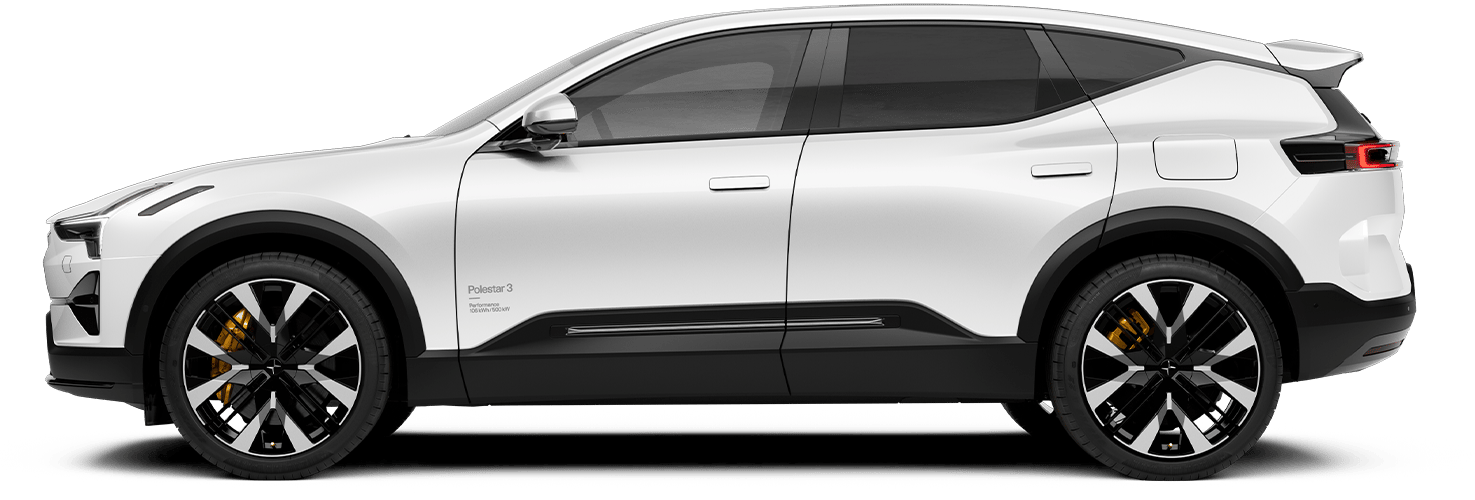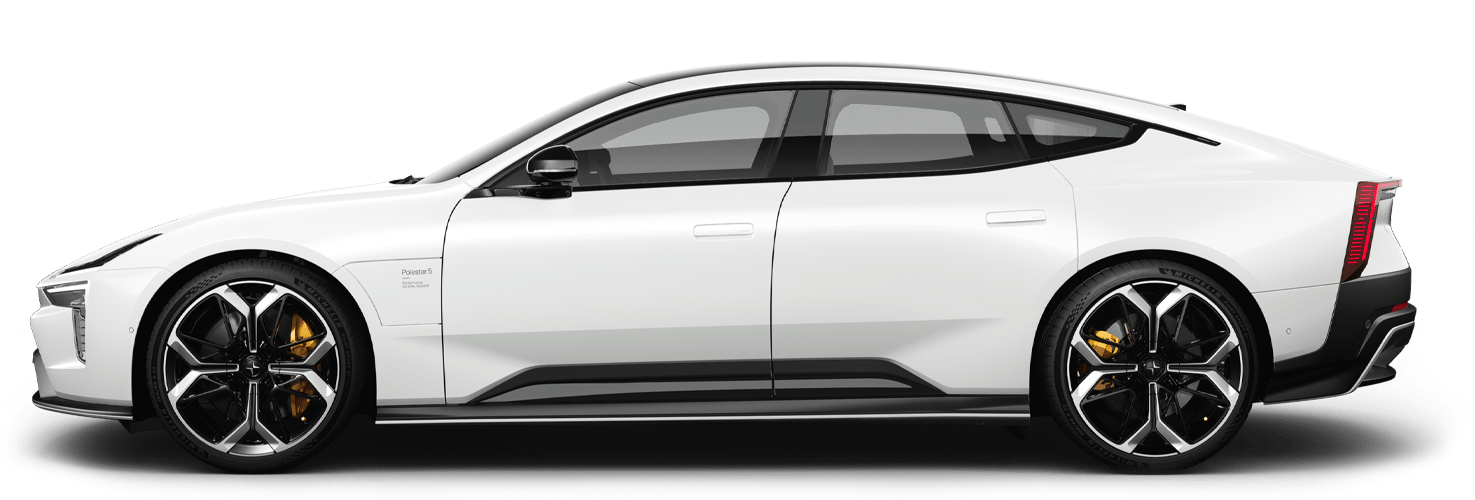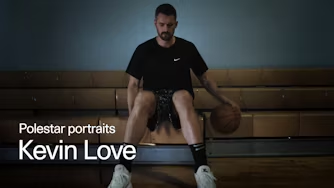Tackling gender bias in car design: Bethany Martin is leading the way
Today is International Women’s Day and this year’s theme is “Inspire inclusion.” Bethany Martin is Polestar’s Ergonomics Attribute Lead, who works tirelessly to ensure that everyone (and we mean everyone) can travel comfortably in a Polestar.
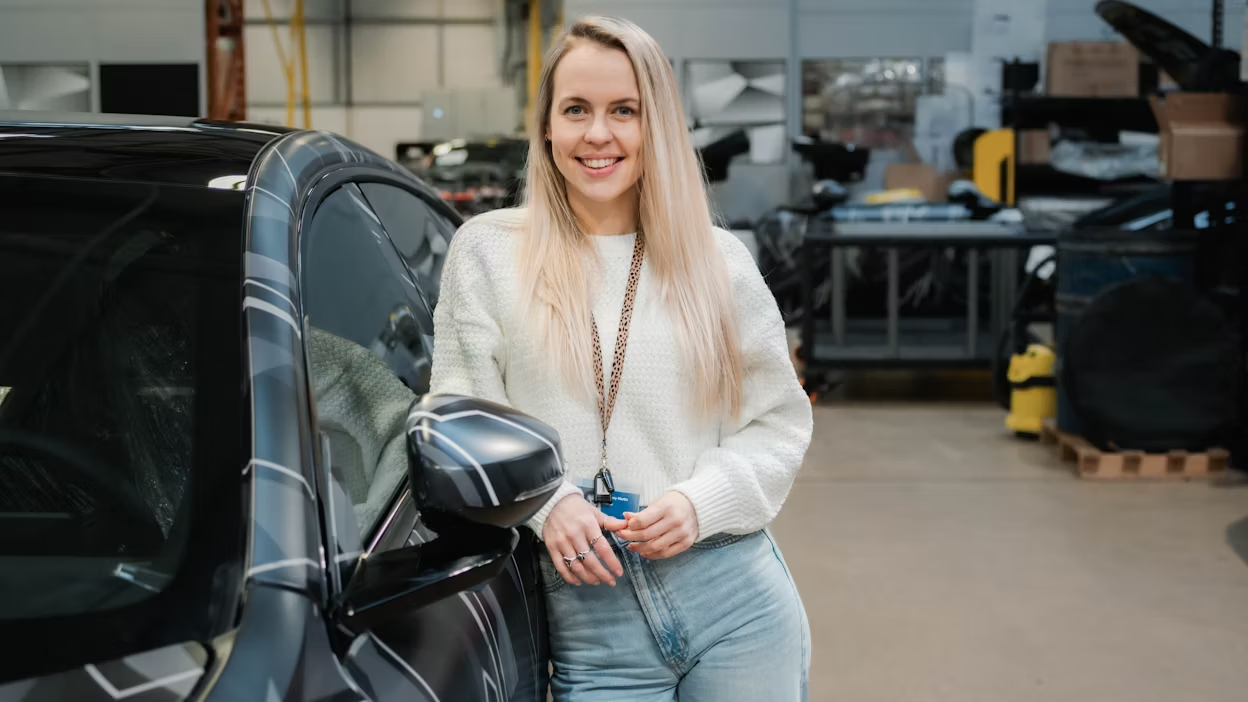
A lot of time is spent in cars. In fact, the average American spends roughly 100 minutes every day driving. Now, if you’re spending almost 12 hours a week in your car, you’re going to want to get comfortable. According to a recent study, comfort while driving is one of the most important factors for people when purchasing a car. Luckily for us, comfort and research are topics Bethany Martin is something of an expert on.
Bethany’s job is to study how people will fit in - and interact with - our upcoming models. She makes sure that everyone who wants to travel in a Polestar can do so (and do so comfortably). Working cross-functionally as the balancing act between engineering and design, she ensures that both departments work to optimise comfort from an ergonomics perspective.
We sat down with her to talk about the importance of using a diverse pool of study subjects, why adjustability is key, and how pivotal inclusion is to business success.

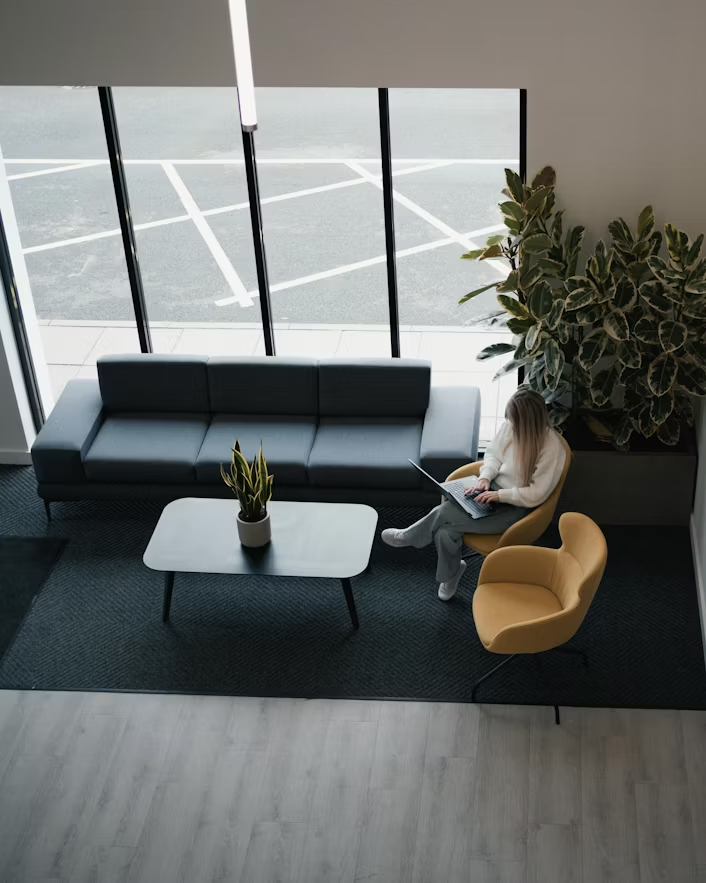
How did you end up in the automotive industry?
After studying Human Biology at Glasgow University (which I loved), I came out not knowing what to do. An acquaintance of mine who worked at Aston Martin at the time suggested that I should apply there as an ergonomist and landed an internship. With that internship, I had one foot in the door and eventually got a proper job at the company. Studying and working at the same time also gave me the benefit of experiencing real-life ergonomic challenges.
After seven years of working at Aston Martin, a recruiter approached me for another position. At that point, I thought it was time for a change and I was introduced to Polestar.
What role has ergonomics traditionally played in car design compared to now?
Ergonomics applies to a variety of different areas within the car and can involve teams of many different people, for instance within the Human Machine Interface, seat comfort, or vehicle setup. Many of these traditional focus areas are still important, but with the increase of new technologies, the landscape is bound to change. And as an effect, there will be increased importance of ergonomic overchecks required to study their impact on the people in the car.

In ergonomics, it is the small things that matter.
How do you conduct your studies?
I conduct both digital and physical checks, some of which gather objective results, others which gather subjective results. When working digitally, I use human simulation software to make manikins created of potential occupants of different shapes and sizes. I then experiment with these manikins sitting in their anticipated positions, to assess objective spaciousness, for instance. This is the quickest and easiest way to conduct ergonomics studies.
As soon as we have a prototype car to test on, I carry out real-world trials. For these tests, I recruit male and female participants, both short and tall, and with different opinions about driving. I use physical tests to gather subjective opinions from real participants to ensure that anticipated opinions of the space are aligned with real-life feedback.
What do you examine in your studies?
When I started at Polestar, my main focus was occupant positioning and touch points within the vehicle. This later evolved into refining designs to help enhance comfort and usability, which was largely facilitated by physical trials using a buck (life-size models of the vehicles that are used for various studies in the development process).
How important is it to have a diverse pool of participants?
It's extremely important. We once conducted a study with participants representing only the taller parts of the spectrum, but we lacked female participants under the height of 160 cm and below, which is just as important of a demographic to study. We then had to complement our studies with this group to make sure that we’d covered all bases. The trial went great, and the group picked up things that, as a male candidate, you might not even be thinking about checking.
How do you try to tackle gender biases in your trials?
In the Vehicle Integration and Ergonomics team, this issue is always front of mind. We know that there is a wide spectrum of sizes and shapes that we would like to cater to.
For instance, we try to make sure to accommodate smaller heights and stature ranges because it tends to include more females. I also try to consider, for example, other features such as having longer fingernails, examining how that affects which switch or handle you can or cannot use. Smaller females, for example, might not be able to use the armrest. In those cases, I examine whether that poses a problem in relation to other functions and so on.
In ergonomics, it is the small things that matter.
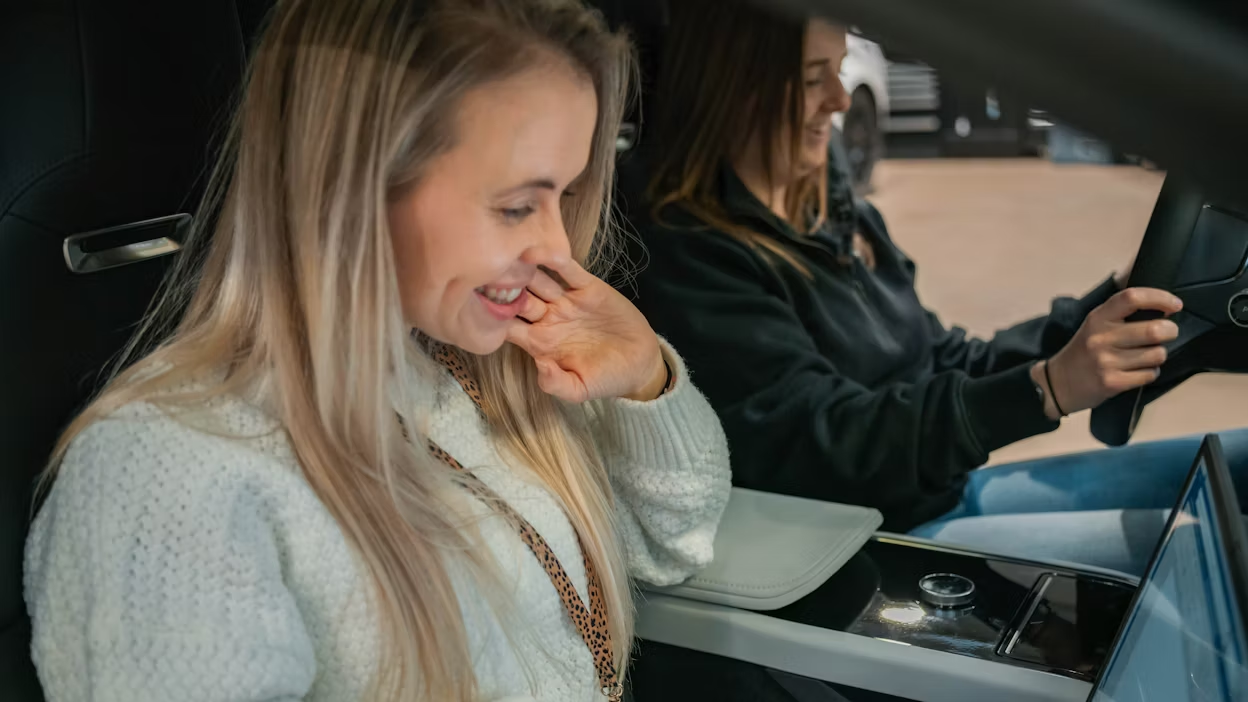
Can you give us an example of gender bias in car design?
Not so long ago, sadly, it was commonplace for females to need extra aid or a cushion behind their backs to be able to reach the pedals comfortably. This happened especially in more premium cars, where particularly female occupants had to modify their seating this way to reach the pedals and drive the car, which is quite dangerous.
What our mixed-gender trials have demonstrated is the importance of having a large range of seating positions available to potential drivers. Because the female population tends to be smaller in stature, the ability to be able to have sufficient forward and upwards travel of the seats means that female owners can achieve an ideal, comfortable seating position that does not have any detriment to their reach of primary controls (i.e. pedals and steering wheel) or vision out of the vehicle.
Our cars accommodate a smaller population, and we try to ensure that the seat travel envelope is large enough for the occupants to be able to drive the car safely.
Is it possible to make a car comfortable for all different types of people?
Yes, it is, but there are elements of a physical car structure and componentry that pose challenges to the teams designing the vehicles. Therefore, adjustability is key to occupant comfort within a vehicle. It would be naïve to assume that you can create one design that will fully satisfy the entire population. However, if you can build in some elements of personalisation, you’re more likely to accommodate the preferences of your audience. Nowadays, so-called accessibility features of products are becoming more prevalent, which means we can expand the satisfaction and usability of products for all people.
The theme of this year’s Women’s Day is ‘Inspire Inclusion,’ how does this resonate with you and your work?
That’s a cool theme that can be interpreted in a few different ways. With the work I do, inclusion of owners, drivers, and passengers of all genders from all populations is incredibly important to ensure that a large range of aspects are considered in the design of the vehicle. It is important to ensure that everyone working on the creation of a new vehicle understands the range of variations of drivers and designs accordingly.
At Polestar, I would say that the entire team is incredibly forward-thinking. We try very hard to steer away from biases that might direct the design of the vehicle towards a certain demographic. It makes my job much easier, and I thoroughly enjoy that there’s no debate necessary to convince the team of its importance.
This culture within the company may be a result of many things, but one that stands out to me is Polestar’s strong ethos of transparency. Old-fashioned ways of thinking are not promoted here. Rather, there is an emphasis on the positive changes we can make within the industry from both a vehicle creation and business culture perspective. There is a strong drive within Polestar to ensure that inclusion is palpable and that it is pivotal to company success.

